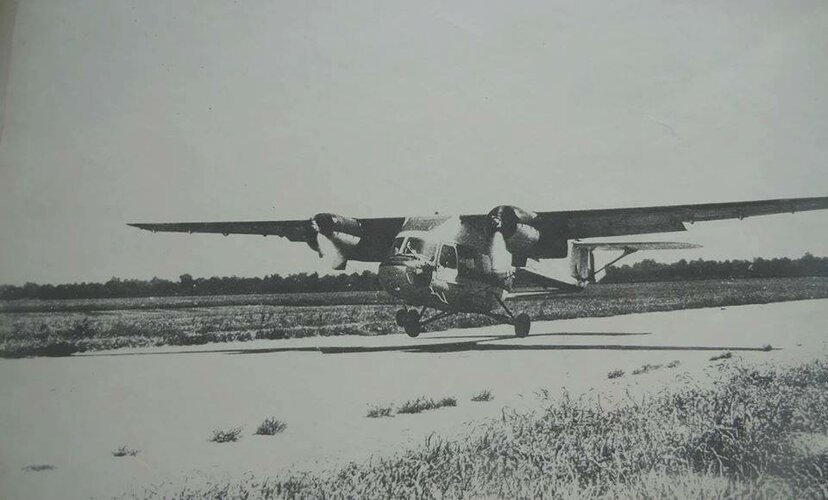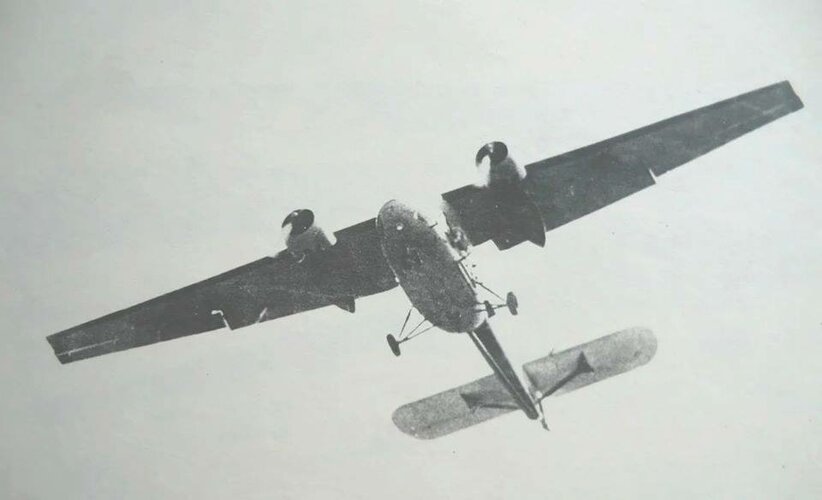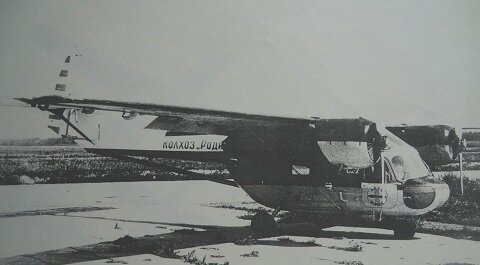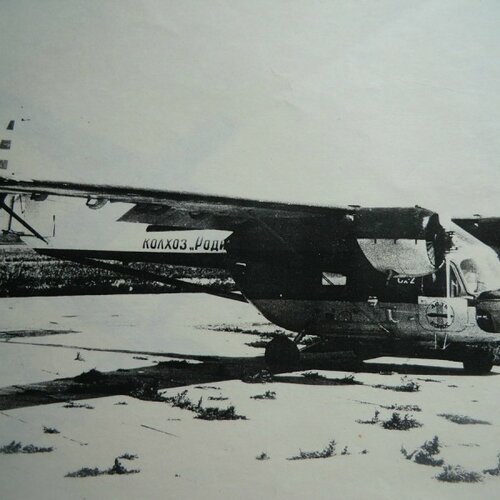- Joined
- 25 June 2009
- Messages
- 14,108
- Reaction score
- 4,240
This story fascinates me... It shows what can be done when you have little resource but a lot of creativity...


Unfortunately, the page which I took this article from had been saved onto my computer, and doesn't seem to be only any longer.
Only one forum topic (in Russian) deals with this rare bird, but its creator, Alexander Kopeikin himself, took part in the discussion:

 reaa.ru
reaa.ru
This story might not have happened if not for a lucky coincidence. The case took place in the Krasnodar region at the very end of the 1980s. Krasnodar collective farms have always been richer than others, and in our case it was also the millionaire collective farm “Rodina” with its very proactive chairman Mikhail Pavlovich Boglachev. Among the chairman’s contacts was a person with the necessary education. By that time, Alexander Nikolaevich Kopeikin had served in the Air Force (he retired to the reserve with the rank of lieutenant colonel), worked as a teacher and head of the cadet design bureau at the department of aerodynamics and flight dynamics of the Borisoglebsk Higher Military Aviation School of Pilots. It was to him that Boglachev suggested building his own agricultural aircraft for the collective farm.
Alexander Kopeikin and a team of assistants took from the scrapyard of the Krasnodar air squad a wing from an L-410 and a fuselage from a just decommissioned Mi-2 helicopter with all the avionics; the stabilizer from the An-2 was sold to the collective farm for help in dismantling a scrap metal dump; and the M-14P engines and propellers for them were purchased from the Krasnokutsk Flight School, which did not know what to do with the decommissioned Yak-18 training aircraft.
Work began to boil and in 8 months a team of the best mechanics of the Rodina collective farm, under the leadership of Kopeikin and his fellow pilots, created a unique aircraft, designated CX-2 and nicknamed “Challenger”. In 1990, the first flights on it were performed personally by Alexander Kopeikin. The new device was not inferior in aerobatic qualities to the serial An-2, but was much cheaper (total construction costs were around 24 thousand Soviet rubles, including expenses for employee salaries) and was much more economical. "Challenger" successfully coped with its main task — chemical treatment of fields — and attracted the attention of aviation enthusiasts. In the wake of interest in the aircraft, Alexander Nikolaevich Kopeikin even created a flying club on the collective farm, adding to the An-2 and Yak-52 flight fleet.
The career of the CX-2 did not last long. After the collapse of the USSR, in 1992, the chairman of the collective farm decided to privatize all property, including aviation equipment belonging to the collective farm. Despite the protests of Alexander Kopeikin and his colleagues, the flying club was disbanded, DOSAAF planes were transferred to another airfield, and the homemade plane was burned...


Unfortunately, the page which I took this article from had been saved onto my computer, and doesn't seem to be only any longer.
Only one forum topic (in Russian) deals with this rare bird, but its creator, Alexander Kopeikin himself, took part in the discussion:

Самолет "Челленджер" А.Н.Копейкина, Краснодарский край.
По просьбе форумчан открываю новую веточку по данному самолетику
Attachments
Last edited:


